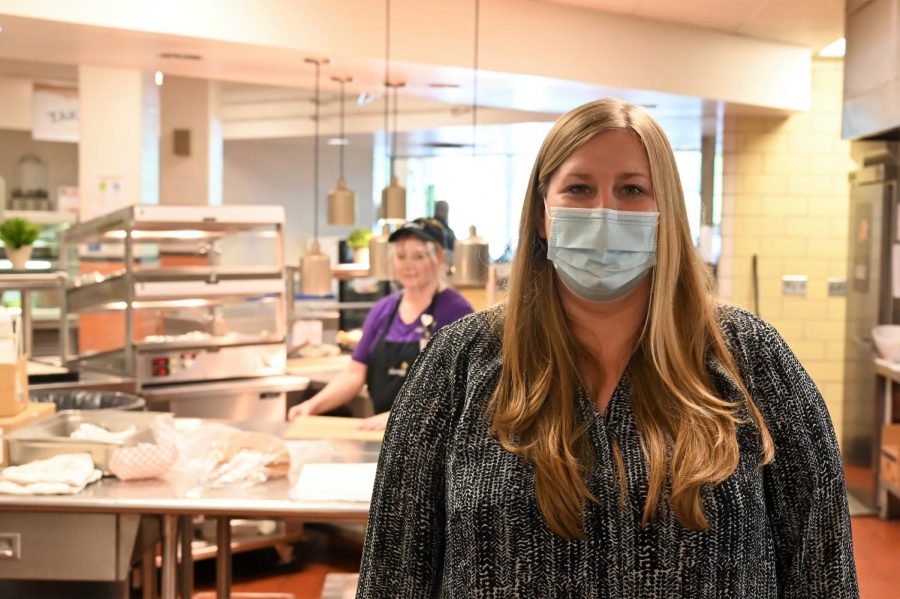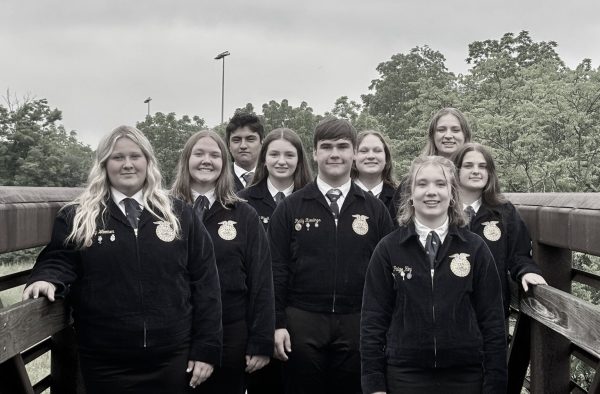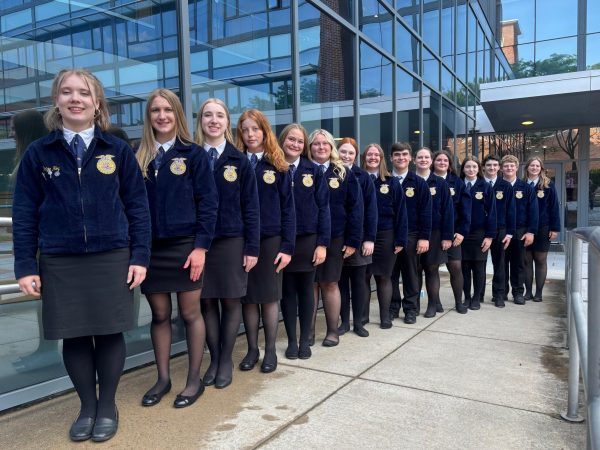Our Pandemic Year: TASD Cafeteria Staff Is Meeting the Challenge
Cafeteria Director Amanda Owens and her staff have had to deal with many COVID related challenges this year.
When COVID shut down schools across the state last March, some students lost much more than just in-person instruction. They also lost access to their only nutritious meal of the day.
Almost 40% of students in the Tyrone Area School District qualify for a free or reduced lunch, so even in a normal school year, Tyrone has a large percentage of students who are potentially food insecure when school is not in session.
However, thanks to emergency COVID relief money from the USDA and the cooperation of the Tyrone Area School District and the Nutrition Group cafeteria staff, all Tyrone students have had access to free lunches all year.
For Nutrition Group Food Service Director Amanda Owens and her staff, it has been a year of obstacles and changes.
“[COVID] has changed every aspect of our job. We used to be able to come to work and we would know our priorities for the day, but the consistent last-minute changes have affected everything from menus to ordering,” said Owens.
In the spring and winter when school was fully virtual, the cafeteria staff prepared thousands of bagged meals to distribute to families curbside.
By May the staff was handing out 700 bulk meals a week. Towards the end of the summer, that number shrank to about 250 meals a week.
Distribution slowed down through the school year, but there are still about a dozen families in cyber and/or home school who are still receiving bulked meals regularly.
To get the bagged meals prepared and distributed, the cafeteria staff split into four teams.
One group prepped and portioned the food, another bagged the meals, a third group packaged meals and milk into coolers for transportation, and the fourth group loaded vans to deliver them to locations around the district for distribution.
Local businesses donated money to purchase supplies for distribution and for costs associated with opening school (ID scanners at each register). Other school districts started to reach out with new ideas for any and every part of the new way the school was serving meals.
When the students returned to school, everything changed again. Instead of bagging cold meals for pickup, the staff had to make a new plan to alter their normal hot food distribution procedures, seating, payment methods, and menus.
Among the new rules instituted this year was a cashless system for purchasing a la carte and extra items, limited a la carte items, no condiment stations, milk, water, and utensils are now placed on student trays by the staff instead of picked up by the students.
One of the hardest things for the cafeteria to enforce has been social distancing guidelines.
“It is difficult to have the kids sit three seats apart because they want to talk and socialize with each other, so it’s a little difficult for them to not reach over and touch their friends while eating lunch,” said elementary school cafeteria staff member Lisa Shaffer.
Owens is proud of the way her staff has responded to the constant challenges and changes.
“We definitely have come together as a team and not let any staff member fall through the cracks,” said Owens.
Though it all, their main priority has been providing for students’ nutritional needs, especially for those who rely on school food as their best meal of the day.
“Really, trying to make sure we had food was the biggest priority. Sometimes we would put in an order and find out something is discontinued because the manufacturers had to shut down due to COVID. Then the whole menu has to change,” said Owens describing the difficulties with the pandemic.
Fortunately, the USDA announced that free meals for all students will be extended through the 2021-2022 school year.
While Owens is looking forward to a time when things back to normal, she isn’t sure that it will happen before fall.
“I would love to say, yes, everything will be normal by the fall, but it isn’t looking that way. We are planning to continue with proportioned vegetables and fruits and prepackaged items,” said Owens.

Hello! This is Avalyn Moore a sophomore at Tyrone. This is her first year in Eagle Eye. She loves to take pictures and hangout with friends, and also enjoys...

Mr. Todd Cammarata, or "TCamm" as he is known to the Eagle Eye Staff, has been advising the Eagle Eye since 2013. He also advises the Eagle Yearbook...












